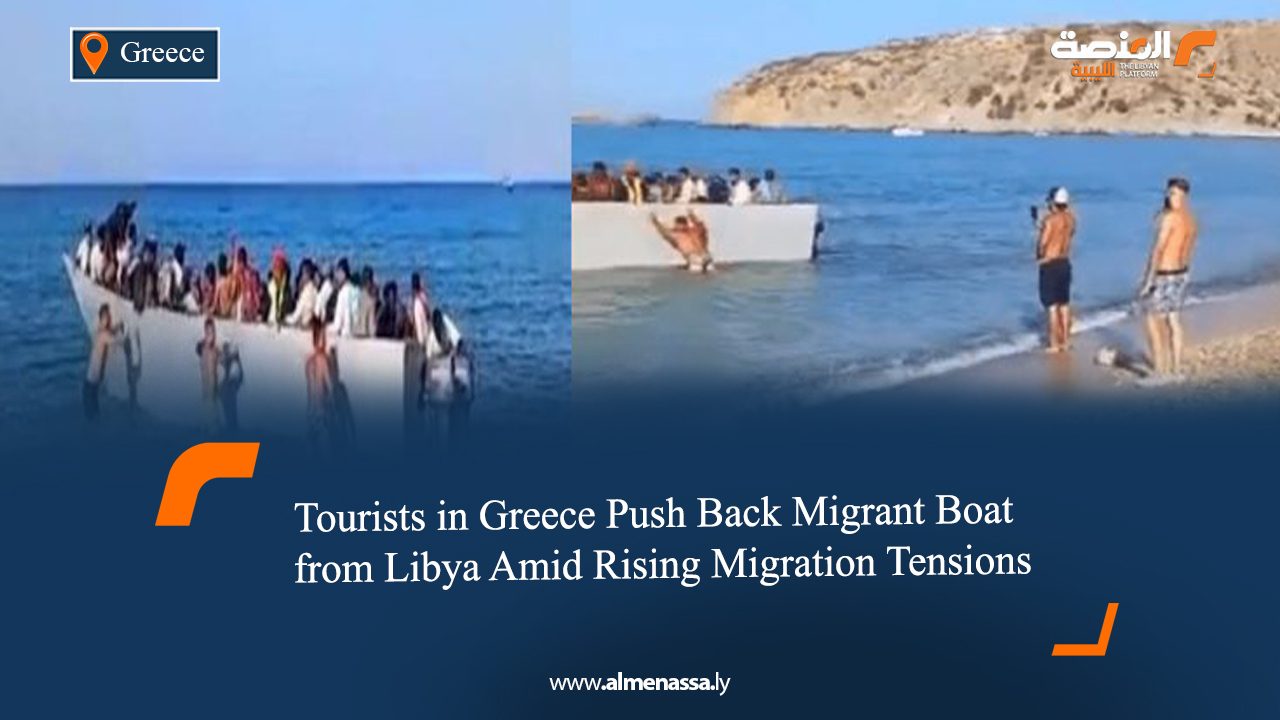An incident on Sarakiniko beach, on the island of Gavdos, south of Crete, sparked controversy after tourists were filmed pushing away a boat carrying around sixty asylum seekers, most of whom had departed from Libya, preventing it from reaching the shore.
Videos circulating on social media showed beachgoers standing in the water and forcing the vessel back out to sea. Greek authorities later confirmed they would take responsibility for the migrants, with Minister of Migration and Asylum Thanos Plevris stating that all of them would be transferred off the island within two or three days.
The episode comes against the backdrop of a surge in arrivals to southern Greece due to its proximity to the Libyan coast. Since the beginning of the year, more than 7,300 migrants have reached Gavdos and Crete, compared to 4,935 throughout 2024.
At the same time, Athens has tightened its migration policies. Earlier in September, parliament passed a new law imposing harsher penalties on rejected asylum seekers and expediting their return, including prison terms of up to 24 months and fines of €10,000 for migrants arriving from countries deemed “safe.”
This is not the first time Greece has resorted to exceptional measures. In 2020, during heightened tensions with Turkey, the government temporarily suspended asylum applications. More recently, on July 9, 2025, Prime Minister Kyriakos Mitsotakis announced a three‑month freeze on processing asylum requests for arrivals by sea from North Africa


